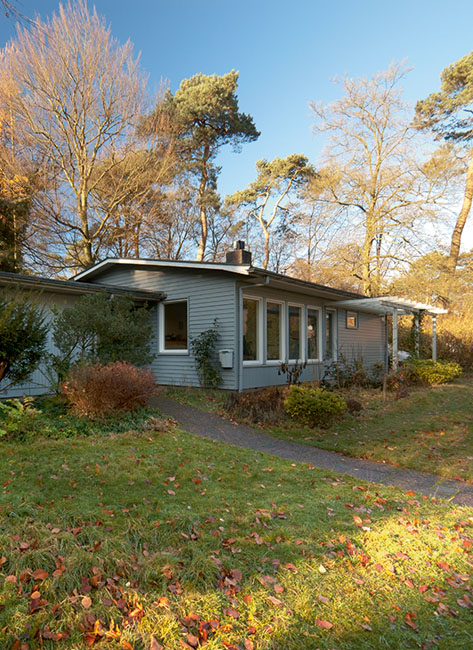Plan Internationaal Doorwerth
J.T.P Bijhouwer/Bouwfonds et al.
Abstract
The creation of this international showcase of ‘domestic culture’ dates back to 1960, when the Bouwfonds Nederlandse Gemeenten (a former semi-public company that focused on homes and mortgages) put up a piece of land for sale in the Dutch village of Doorwerth, earmarked to be used for ‘normal development’. But the Bouwfonds’s director at the time, J. Wiersema, thought that this site was too unique for typical standard homes, and came up with a plan to build a variety of homes here of the types that the Bouwfonds had been building since its inception in 1946. He also had in mind a series of prefabricated bungalows from abroad, which would give a good insight into the domestic cultures of the respective countries.
The idea was developed in urban planning terms by J.T.P. Bijhouwer (1898-1974), a professor of horticulture and landscape architecture in Wageningen, together with the Nederlandse Heidemaatschappij (the Dutch Moorland Reclamation Society) and the municipality of Renkum. The site was located in the wooded section of an existing residential area, and the plan was loosely designed with many communal green areas, and the preservation of as many trees as possible.



